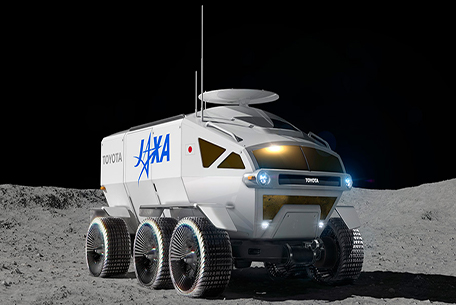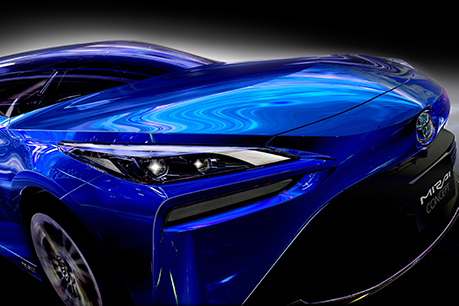Over the course of the three-year joint research period, which started in 2019, JAXA and Toyota will manufacture, test, and evaluate prototypes, with the goal of developing a manned, pressurised lunar rover to explore the surface of the moon as part of an international project.
The rover will be used for missions to explore the moon's polar regions, with the aim of both investigating the possibility of using the moon's resources ― such as frozen water ― and of acquiring technologies that enable exploration of the surfaces of massive celestial bodies.
Even with the limited amount of energy that can be transported to the moon, the pressurised rover could have a total lunar-surface cruising range of more than 10,000 km due to the high energy density fuel cells can provide.
The collaboration draws upon Toyota’s market-leading knowledge of proton exchange membrane (PEM) technology, the same as that used in its commercially available hydrogen-powered fuel cell electric vehicle (FCEV), the Mirai. Here, as in the rover, hydrogen and oxygen combine to generate electricity, with heat and water the only by-products.
Platinum catalysts are central to PEM fuel cell technology, which is essential if the potential of hydrogen to power our transport here on earth is to be fully realised, with all the associated environmental benefits such as zero tailpipe emissions.
Many investors recognise the upside potential in longer-term platinum demand growth which could come as the hydrogen economy expands, bringing with it wider adoption of FCEVs. In the near term, demand for FCEVs is being driven by the heavy-duty market segment (buses and trucks), where supporting infrastructure is available or being developed, especially in port locations and cities.


